Article Summary: Historic Sites In Arkansas
Historic Sites In Arkansas. More Than Just Parks has 10 incredible must-see sites for you to visit.
I’ve been to so many of these amazing places since retiring from teaching in 2018. Did I mention that I taught history? I spent a lifetime teaching about the history behind these momentous sites. Then I got to see them firsthand. And now I’m sharing the stories of these incredible places with you. It doesn’t get any better than that!
I’m going to give you my list of the 10 Historic Sites In Arkansas that you’ll want to see.
To be clear, this list includes national park sites (as in sites managed by the National Park Service) as well as national parks. It also includes sites not managed by the National Park Service. After all, we’re more than just parks!
If you are planning a trip to Arkansas then you might want to pick up a copy of Arkansas Bucket List Adventure Guide: Explore 100 Offbeat Destinations You Must Visit! It’s written by David Russell.
Without further ado, let’s dive in.
Top 10 Historic Sites In Arkansas
10. Rohwer Relocation Center Memorial Cemetery
Arkansas is known for in a state full of beautiful lakes and state parks, Hot Springs’ downtown history, Arkansas fishing, culinary delights, and of course, Johnny Cash.
It’s also home to some amazing historic sites. At More Than Just Parks, we’re going to share our list of the Top 10 Historic Sites In Arkansas with you. And, we’re kicking off our list at #10 with the Rohwer War Relocation Center Cemetery.
The Rohwer War Relocation Center Cemetery is one of only three remaining Japanese American relocation cemeteries, and serves as a reminder of the forced internment of Japanese Americans during World War II.
A Dark Chapter In American History
The U.S. government, under President Franklin D. Roosevelt, issued Executive Order 9066, which authorized the forced removal of Japanese Americans from the West Coast.
The majority of those interned were U.S. citizens or legal permanent residents. They were sent to detention camps, often in remote and inhospitable locations, where they were housed in makeshift barracks and suffered from poor living conditions.
The internment of Japanese Americans was later acknowledged as a grave injustice by the U.S. government. In 1988, President Ronald Reagan signed the Civil Liberties Act, which formally apologized for the internment and provided reparations to surviving Japanese American internees.
The U.S. internment of Japanese Americans is considered a dark chapter in American history and serves as a reminder of the dangers of fear-based discrimination and the importance of protecting civil liberties.
Things To Do At Rohwer Relocation Center Memorial Cemetery
Here are some of the things that visitors can see and do at the cemetery:
- Explore the cemetery and pay respects to the internees buried there
- Learn about the history of the Rohwer Relocation Center and the U.S. internment of Japanese Americans through interpretive signage and informational materials
- Take a guided tour to gain a deeper understanding of the history and significance of the site
- Attend special events and ceremonies, such as memorial services and cultural events, to commemorate the experiences of the internees
- Reflect and pay homage to those who suffered during this dark chapter in American history.
The Rohwer Relocation Center Memorial Cemetery serves as a powerful reminder of the impact of war and the importance of protecting civil liberties and human rights.
9. Louisiana Purchase State Park
We move on to a happier chapter in American history. In fact, some folks would argue that it’s the story of the greatest real estate deal in American history. At #9 on our list of the Best Historic Sites In Arkansas is The Louisiana Purchase State Park.
The Louisiana Purchase State Park is a historic site located in the town of Brinkley, Arkansas. The park is dedicated to the history of the Louisiana Purchase, a land deal between the United States and France in 1803 that doubled the size of the young nation.
The park is home to the Louisiana Purchase Historic State Park Visitor Center, which was established in 1966 to commemorate the 150th anniversary of the Louisiana Purchase. The center is located in a historic building that once served as a general store and is listed on the National Register of Historic Places.
See The Artifacts & Exhibits Which Tell The Story Of The Louisiana Purchase
The Louisiana Purchase Visitor Center houses exhibits and artifacts that tell the story of the Louisiana Purchase and its impact on the United States. Visitors can see original documents and maps from the time period and learn about the negotiations that led to the purchase of the Louisiana Territory from France.
In addition to the visitor center, the Louisiana Purchase State Park also includes a portion of the St. Francis River, which served as a boundary between the United States and the Spanish colony of Louisiana before the Louisiana Purchase.
Visitors can explore the river by canoe or kayak and see the natural beauty of the area, including the unique hardwood forests and wetlands.
The Louisiana Purchase State Park is the only state park in Arkansas dedicated solely to the history of the Louisiana Purchase. It serves as an important educational resource for visitors of all ages and a reminder of the significant impact that this historic event had on the development of the United States.
8. Toltec Mounds Archaeological State Park
If you enjoy ancient history then you’ll love our next site. At #8 on our list of the Best Historic Sites In Arkansas is the Toltec Mounds Archaeological State Park.
The Toltec Mounds Archaeological State Park is a historic site located in the town of Scott, Arkansas. The park is dedicated to the preservation and interpretation of the Toltec Mounds, a complex of prehistoric earthworks and mounds that date back to the Mississippian Period.
The Toltec Mounds were built by a culture known as the Plum Bayou people between the 8th and 11th centuries CE. The mounds were used for ceremonial and religious purposes and were likely the center of a large population center that spanned several hundred acres.
The Toltec Mounds were first identified by European explorers in the 17th century, and in the years that followed, they were subject to various forms of excavation and study. In the 20th century, the state of Arkansas acquired the land surrounding the mounds and established the Toltec Mounds Archaeological State Park in 1978.
Today, the Toltec Mounds Archaeological State Park is home to a museum and visitor center that showcases artifacts and exhibits related to the Plum Bayou culture and the Toltec Mounds. Visitors can explore the mounds and learn about the methods and tools used by the Plum Bayou people to construct these impressive earthworks.
The park also hosts various events and programs throughout the year, including guided tours, lectures, and special exhibits. The Toltec Mounds Archaeological State Park is a unique and important site in the history of Arkansas and the United States and serves as an important educational resource for visitors of all ages.
7. Parkin Archeological State Park
In preparing our lists of historic sites, we strive to offer something for everyone whether it’s the ancient past or more recent historical events. In the case of our next site, it’s dedicated to the preservation and interpretation of the ancient Native American village that once stood there.
At #7 on our list of the Best Historic Sites In Arkansas we have Parkin Archeological State Park.
Parkin Archeological State Park is a historic site located in the town of Parkin, Arkansas.
The village at Parkin dates back over 1,000 years and was an important center of trade and culture in the region. The village was home to the Plum Bayou culture, a pre-Columbian Native American culture that existed in the region between 650 and 1050 CE.
Hernando de Soto Visited The Village
In the late 16th century, Spanish explorers led by Hernando de Soto visited the village, which was known at the time as Casqui.
In the years that followed, the village was subject to various forms of excavation and study, and in the 20th century, the state of Arkansas acquired the land and established the Parkin Archeological State Park.
Today, the Parkin Archeological State Park is home to a museum and visitor center that showcases artifacts and exhibits related to the Plum Bayou culture and the history of the Parkin village.
Visitors can explore the site and see the remains of the village, including a large platform mound and a reconstructed village house.
6. Arkansas Post National Memorial
Our next historic site commemorates the first European settlement in the lower Mississippi River Valley. At #6 on our list of the Best Historic Sites In Arkansas is the Arkansas Post National Memorial.
The Arkansas Post National Memorial is located in Gillett, Arkansas. It commemorates the history of the Arkansas Post, which was the first European settlement in the lower Mississippi River Valley.
The settlement was established by the French in 1686 and was an important center of trade, diplomacy, and military activity for more than a century.
The memorial includes a visitor center with exhibits about the history of the Arkansas Post, as well as a trail that leads to the remnants of the original fortifications.
The site is listed on the National Register of Historic Places and is managed by the National Park Service.
Things To See & Do At The Arkansas Post
Here are some of the things visitors can see and do at the Memorial:
- Explore the museum exhibits to learn about the history of the Arkansas Post and its significance
- Take a guided tour of the historic site and learn about the experiences of the different groups that lived and worked there, including French, Spanish, and American settlers, and the Quapaw Indian tribe
- Observe the reconstructed fort and other historic structures on the grounds to get a sense of daily life at the Arkansas Post
- Participate in special events and educational programs to learn about different aspects of the history of the Arkansas Post and its significance
- Hike the trails and enjoy the natural beauty of the Mississippi River bottomland forest.
The Arkansas Post National Memorial is an important cultural and historical site that offers visitors a unique opportunity to learn about the diverse experiences and histories of the people who lived and worked in Arkansas.
CHECK OUT: 10 MUST-SEE Historic Sites In Alabama
Top Historic Sites In Arkansas
5. Fort Smith National Historic Site
We’re on to our Top 5 Historic Sites In Arkansas. If you enjoy military history then our next site is for you as it site preserves the remains of two 19th-century military forts. At #5 we have Fort Smith National Historic Site.
Fort Smith National Historic Site is located in Fort Smith, Arkansas. The site preserves the remains of two 19th-century military forts, Fort Smith and Fort Arbuckle, which played a key role in the military history of the western United States.
The forts were established in the 1830s and 1840s to help control the western frontier and protect settlers from Native American attacks.
The site also includes a number of other historical buildings and sites, such as the Federal Court, where Judge Isaac Parker presided over the famous “Hanging Judge” trials.
Visitors can tour the forts and other historical buildings, as well as see exhibits on the history of the area and the people who lived there. There are also guided tours and ranger-led programs available.
How Did Fort Smith Get Its Start
So, how did this fort get its start? At the dawn of the nineteenth century, a group of Cherokees moved into the Arkansas Territory. This happened to be the home of the Osage. You know where this is going, don’t you.
Conflict erupted between these two Native American tribes which prompted the U.S. Government to establish Fort Smith on December 25, 1817.
The fort’s goal was to maintain law and order during America’s westward expansion. It was designed by Major Stephen H. Long and built by Major William Bradford.
CHECK OUT: 15 MUST-SEE Historic Sites In Georgia
4. Pea Ridge National Military Park
The South is filled with wonderful Civil War sites. A case in point is our next site which is a national military park. It’s #4 on our list of the Best Historic Sites In Arkansas. Welcome to Pea Ridge National Military Park.
The park preserves the site of the Battle of Pea Ridge, which was fought in 1862 during the American Civil War. The battle was fought between Union forces under the command of General Samuel Curtis and Confederate forces led by General Earl Van Dorn.
The battle was fought in the rolling hills of northwestern Arkansas and was one of the largest and most complex engagements of the Civil War fought west of the Mississippi River. The Union army was able to successfully defend against the Confederate army’s attempt to recapture control of Missouri, a key state for the Union.
The battle was characterized by intense and fluid combat, with both sides maneuvering and fighting for advantage. The Confederate army launched a surprise attack on the Union’s right flank on the first day of the battle, but the Union was able to regroup and counterattack on the second day, ultimately driving the Confederate army from the field and securing a decisive victory for the Union.
The Battle of Pea Ridge was an important Union victory that helped secure the Union’s hold on Missouri and the northwest frontier, and helped set the stage for Union victories in the Mississippi River valley later in the war.
Things To See & Do
Here are some of the things visitors can see and do at the park:
- Explore the visitor center to learn about the history and significance of the battle of Pea Ridge
- Take a self-guided tour of the battlefield and see the sites where key events took place
- Walk the trails and roads to better understand the tactics and movements of the armies during the battle
- Attend interpretive programs and ranger-led tours to gain a deeper understanding of the history of the battle and its significance
- Visit the cemetery and pay respects to those who lost their lives in the battle
CHECK OUT: 10 BEST Civil War Sites In America
3. President William Jefferson Clinton Birthplace Home National Historic Site
In the #3 spot on our list of Historic Sites In Arkansas is a site dedicated to the only President of the United States from the state of Arkansas. It’s the President William Jefferson Clinton Birthplace Home National Historic Site.
The President William Jefferson Clinton Birthplace Home National Historic Site is located in the town of Hope, Arkansas. The site is dedicated to the preservation and interpretation of the childhood home of former President Bill Clinton, who was born in the house on August 19, 1946.
The house was built in 1917 and was purchased by Clinton’s grandparents, Eldridge and Edith Cassidy, in 1938. Clinton’s mother, Virginia Cassidy, was born in the house, and Clinton spent his first four years there before the family moved to a larger home in Hope.
After Clinton’s mother passed away in 1994, the house was donated to the National Park Service and was designated as a National Historic Site in 2011.
Today, visitors to the President William Jefferson Clinton Birthplace Home National Historic Site can tour the house and see exhibits related to Clinton’s childhood and early life in Arkansas.
The site includes a visitor center that features photographs, documents, and other artifacts related to Clinton’s life and political career.
Things To Do
Here are some of the things visitors can see and do at the site:
- Explore the restored childhood home of President Bill Clinton, which has been preserved as a museum to commemorate his life and legacy
- Learn about President Clinton’s upbringing in Hope, Arkansas, and how his early experiences shaped his worldview and political philosophy
- Discover the broader context of 20th century American history, including the Civil Rights Movement, the Cold War, and the economic, political, and social changes of the era
- Take a guided tour to gain a deeper understanding of the history and significance of the site
- Attend special events and educational programs to learn about different aspects of President Clinton’s life and legacy, and the history of the region and the nation.
CHECK OUT: 25 Bucket List Famous Landmarks In America (MUST-SEE)
2. Hot Springs National Park
We’re More Than Just Parks, but that doesn’t mean that we’ve forgotten about our national parks. In the runner-up spot at #2 on our list of the Best Historic Sites In Arkansas is Hot Springs National Park.
Imagine a hot springs located in a national park. Why that’s Hot Springs National Park. It’s a national park located in Hot Springs, Arkansas that’sknown for its hot springs, which have been used for therapeutic and medicinal purposes for thousands of years.
The park includes several bathhouses, where visitors can bathe in the hot springs water, as well as hiking trails and scenic drives through the surrounding Ouachita Mountains.
The park also includes a number of historic buildings, such as the Fordyce Bathhouse, which was built in 1915 and served as a luxurious spa and bathhouse in the early 20th century.
Visitors can also see the Hot Springs Mountain Tower, which provides a 360-degree view of the surrounding area. The park also offers ranger-led tours and educational programs.
“America’s Spa”
There’s some history here too as this park is considered to be, “America’s Spa.” It includes “Bathhouse Row.” The first bathhouses were crude structures of canvas and lumber. These were little more than tents perched over individual springs or reservoirs carved out of the rock.
Keep in mind that this was before the invention of Jacuzzis.
As these places increased in popularity, the original construction was replaced with the masonry and steel bathhouses that we see today.
Prominent people came to Hot Springs National Park to find healing in its soothing, warm waters. These visitors included: Al Capone, Herbert Hoover, Jesse James, Helen Keller, John F. Kennedy, Babe Ruth, and Cy Young.
You never know who’ll you meet in a bathhouse.
Things To See & Do
Here are some things to do at Hot Springs National Park:
- Soak in the hot springs: The park is famous for its hot springs, and visitors can take a dip in the thermal waters at several bathhouses throughout the park.
- Hike the trails: The park has over 26 miles of hiking trails that lead through the mountains and forests, offering scenic views of the area.
- Visit the Visitor Center: The Visitor Center has exhibits that showcase the history and geology of the park, as well as a gift shop and a park ranger who can answer any questions.
- Take a scenic drive: The park has a scenic drive called the Grand Promenade, which is a 1.5-mile long path that provides beautiful views of the park and the surrounding area.
- Go on a guided tour: The park offers guided tours of the historic Fordyce Bathhouse, as well as tours of the park’s hiking trails and hot springs.
- Picnic: The park has several picnic areas where visitors can enjoy a meal while taking in the beautiful scenery.
- Attend a special event: The park hosts several special events throughout the year, including nature walks, concerts, and art exhibits.
- Visit the Hot Springs Mountain Tower: The tower provides panoramic views of the park and the surrounding area.
- Go fishing: Fishing is allowed in several of the park’s lakes and streams.
- Enjoy the thermal pools: The park has several thermal pools where visitors can relax and enjoy the warm waters.
CHECK OUT: 12 FANTASTIC Hot Springs National Park Facts
1. Little Rock Central High School National Historic Site
As the #1 Historic Site In Arkansas, More Than Just Parks has selected a place which played a pivotal role in the battle for civil rights and racial equality in America. Our #1 site is Little Rock Central High School National Historic Site.
In 1957, Little Rock Central High School became the center of national attention when nine African American students, known as the Little Rock Nine, attempted to integrate the school, which was previously all-white.
The students were met with intense opposition from white segregationist protesters and were initially prevented from entering the school by the Arkansas National Guard, which was under the control of Governor Orval Faubus.
The Little Rock Nine’s efforts to integrate Central High School received national attention and sparked a broader conversation about civil rights and racial integration in America. Eventually, President Dwight D. Eisenhower ordered federal troops to protect the students and enforce their right to attend the school.
Today, the Little Rock Central High School National Historic Site is home to a museum and visitor center that showcases the history of the school and the civil rights movement. Visitors can explore exhibits related to the Little Rock Nine and learn about their experiences and the impact their actions had on American history.
CHECK OUT: 10 BEST Civil Rights Sites In America
“Nobody presents you with a handbook when your teething and says ‘Here’s how you must behave as a second class citizen.'”
Dr. Melba Pattillo Beals, Warriors Don’t Cry: A Searing Memoir of the Battle to Integrate Little Rock’s Central High
The Only Functioning High School To Be Part Of A National Historic Site
Central High is the only functioning high school to be located within the boundaries of a national historic site. There is a museum across the street which depicts the struggle through moving exhibits and powerful photos.
In 2007, a visitor center opened to coincide with the 50th anniversary of the desegregation crisis. It tells the story of the crisis through interpretive panels, artifacts, news clippings, photographs and original audio, and video recordings.
You don’t have to be a history buff to be moved by this place and what it represents. Imagine what it would have been like to walk into that school in 1957 especially if you were a person of color.
Things To Do At The Site
Here are some things to do at the site:
- Take a guided tour: Visitors can take a ranger-led tour of the historic school and learn about the events that occurred there during the Civil Rights Movement.
- Visit the Visitor Center: The Visitor Center has exhibits that detail the history of the school and the events that occurred there, as well as a film that provides an overview of the Civil Rights Movement.
- Walk the grounds: Visitors can walk around the exterior of the school and see the commemorative statues and markers that detail the events that occurred there.
- Attend a special event: The site hosts several special events throughout the year, including lectures, panel discussions, and commemorative ceremonies.
- Visit the Civil Rights Memorial: The memorial is located across the street from the school and commemorates the events that occurred during the Civil Rights Movement in Little Rock.
- Take a driving tour: Visitors can take a driving tour of other significant sites in Little Rock that played a role in the Civil Rights Movement.
- Attend a ranger-led program: The site offers ranger-led programs that cover a variety of topics related to the Civil Rights Movement and the history of the school.
- Explore the nearby museums: Little Rock has several museums that cover the history of the Civil Rights Movement in Arkansas, including the Mosaic Templars Cultural Center and the Arkansas Civil Rights Heritage Trail.
CHECK OUT: 20 BEST Black History Sites In America For You To Visit
List Of Historic Sites In Arkansas
- Little Rock Central High School National Historic Site
- Hot Springs National Park
- President William Jefferson Clinton Birthplace Home National Historic Site
- Pea Ridge National Military Park
- Fort Smith National Historic Site
- Arkansas Post National Memorial
- Parkin Archeological State Park
- Toltec Mounds Archaeological State Park
- Louisiana Purchase State Park
- Rohwer Relocation Center Memorial Cemetery
Why Trust Us About Historic Sites In Arkansas?
We’re Jim Pattiz and Will Pattiz, collectively known as the Pattiz Brothers and we absolutely LOVE the national parks.
You should probably know that we don’t just make this stuff up out of thin air. We’ve spent our entire adult lives exploring and filming America’s national parks and public lands.
We’ve worked with the National Park Service, the Department of Interior, USDA, U.S. Forest Service, and more for years creating films on important places and issues. Our work has been featured in leading publications all over the world and even some people outside of our immediate family call us experts on the national parks.
And, in 2018, our father – having spent a lifetime teaching history – joined us so that he could help us to tell the stories behind these amazing places.
Meet The Parks Brothers
We Hope You’ll Follow Our Journey
Our goal here at More Than Just Parks is to share the beauty of America’s national parks and public lands through stunning short films in an effort to get Americans and the world to see the true value in land conservation.
We hope you’ll follow our journey through the parks and help us to keep them the incredible places that they are. If you’re interested in joining the adventure then sign up below!
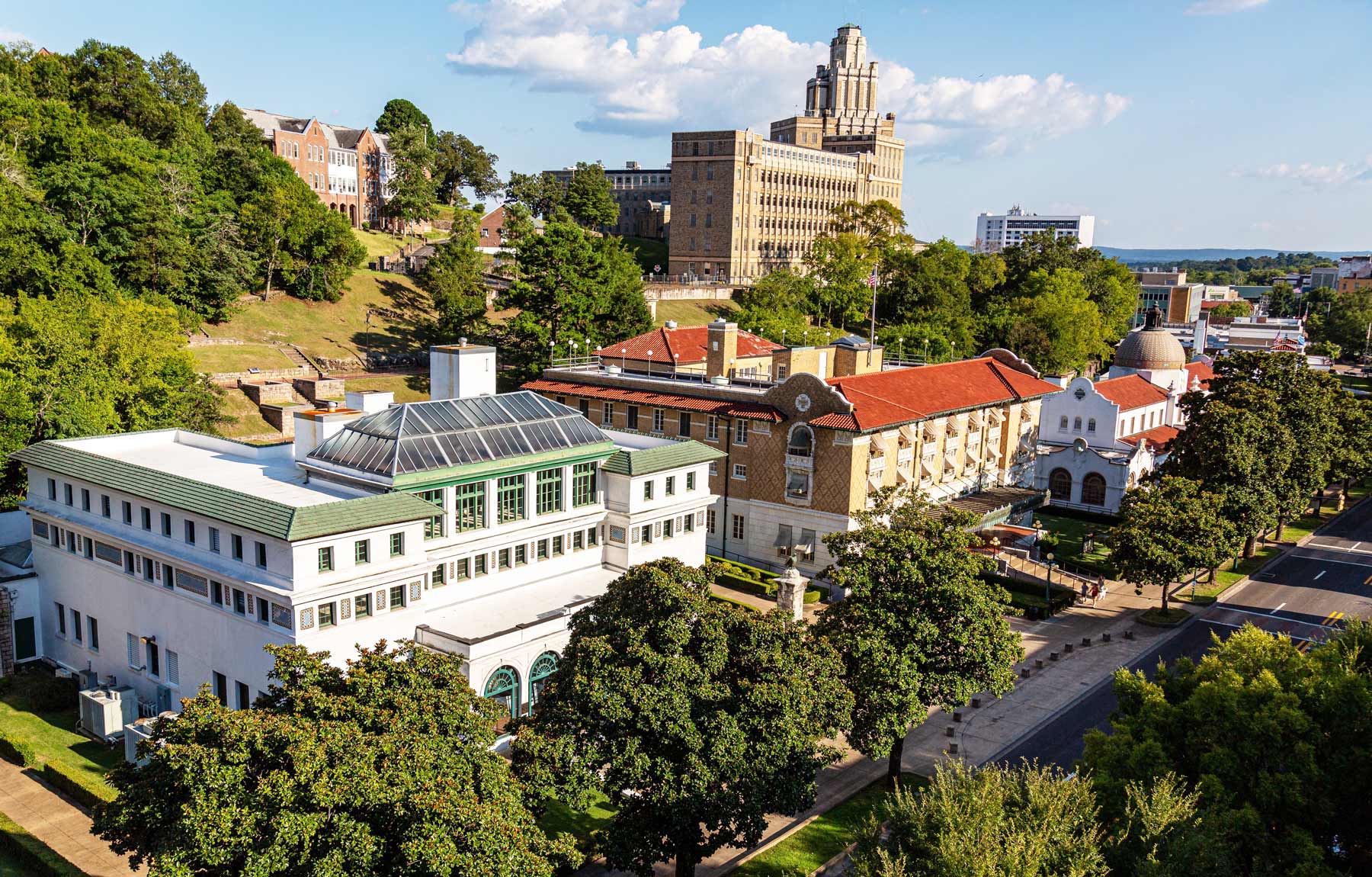
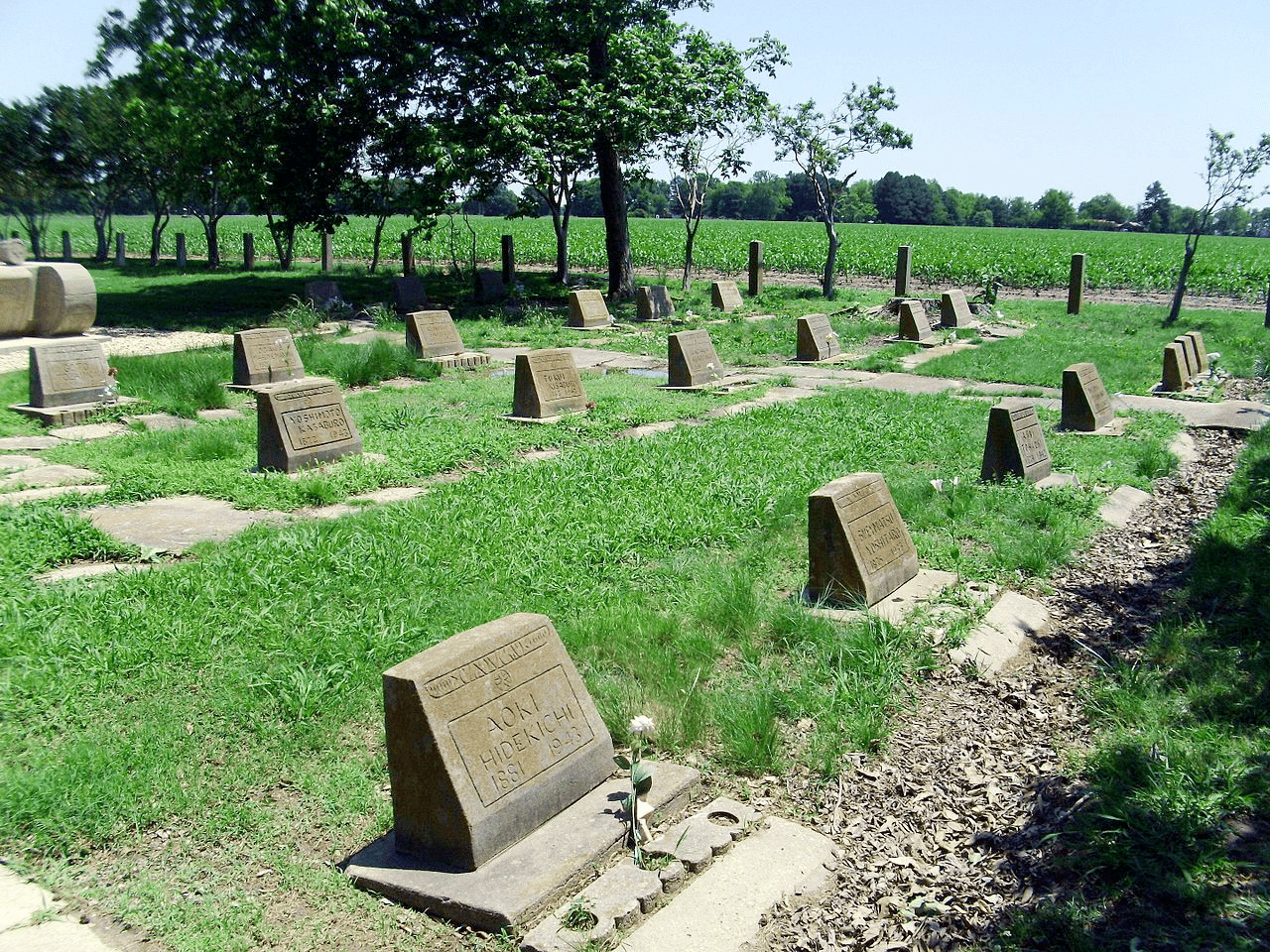
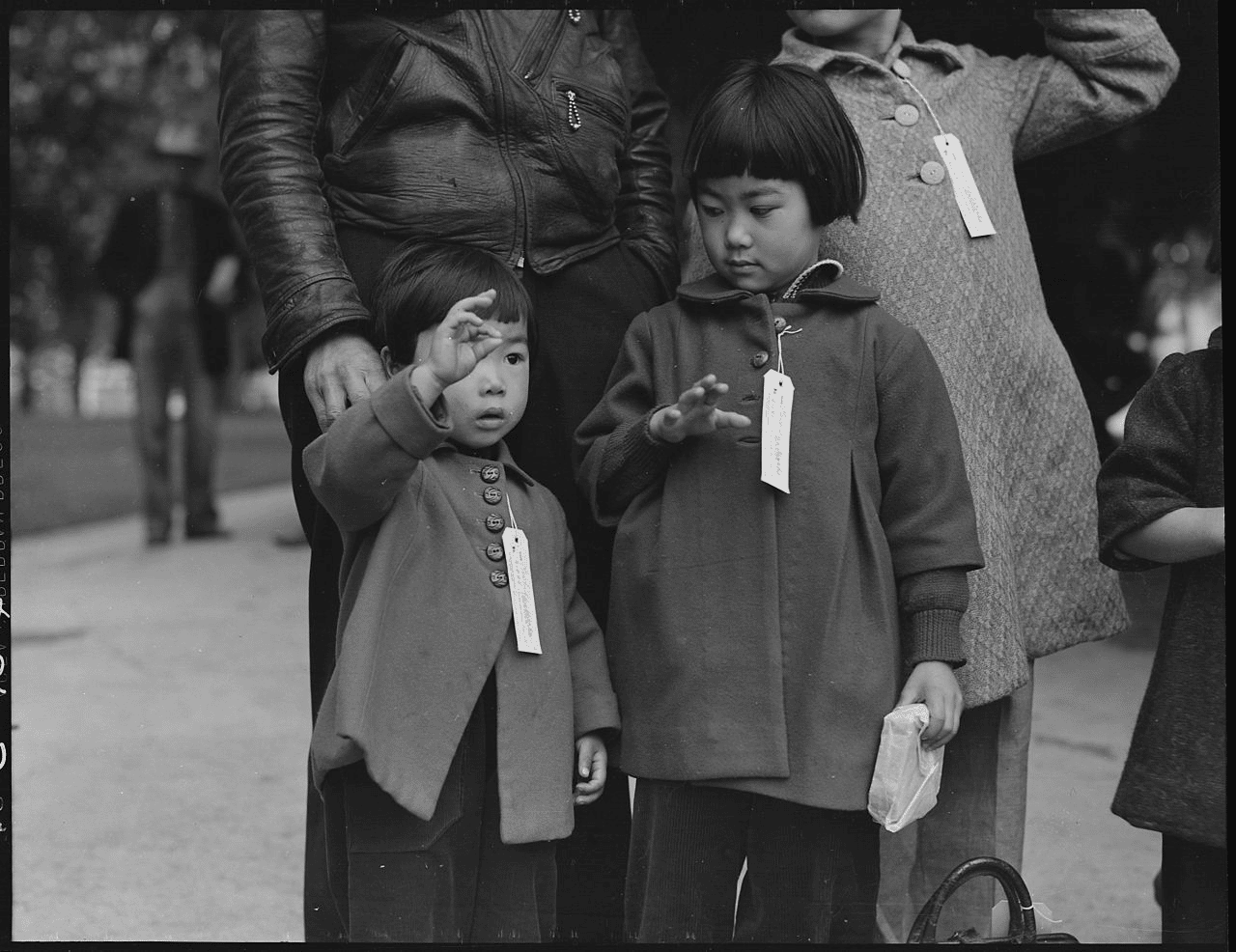
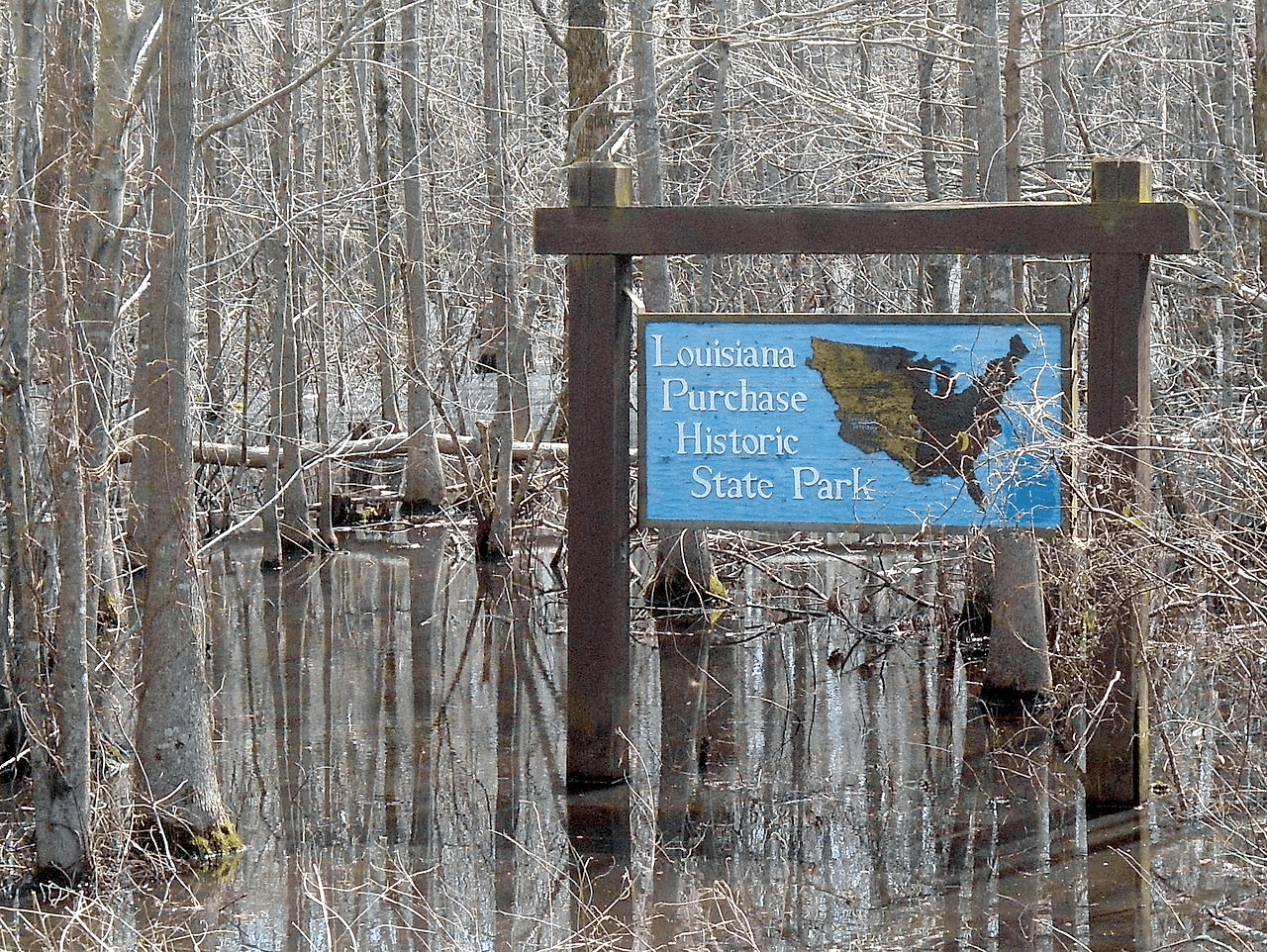
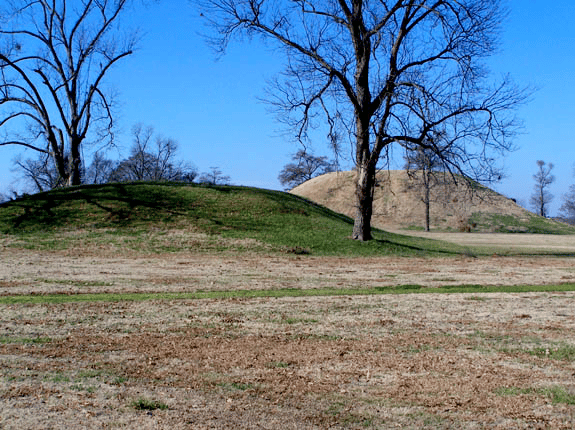

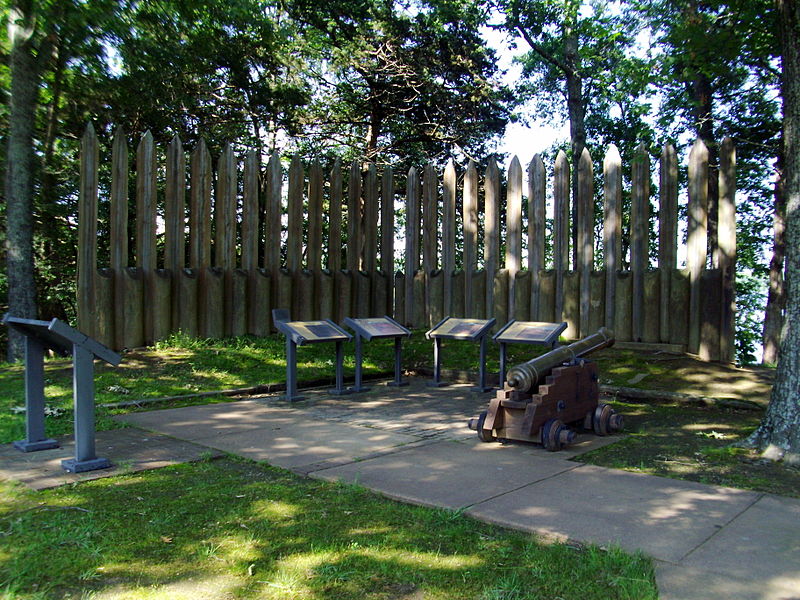
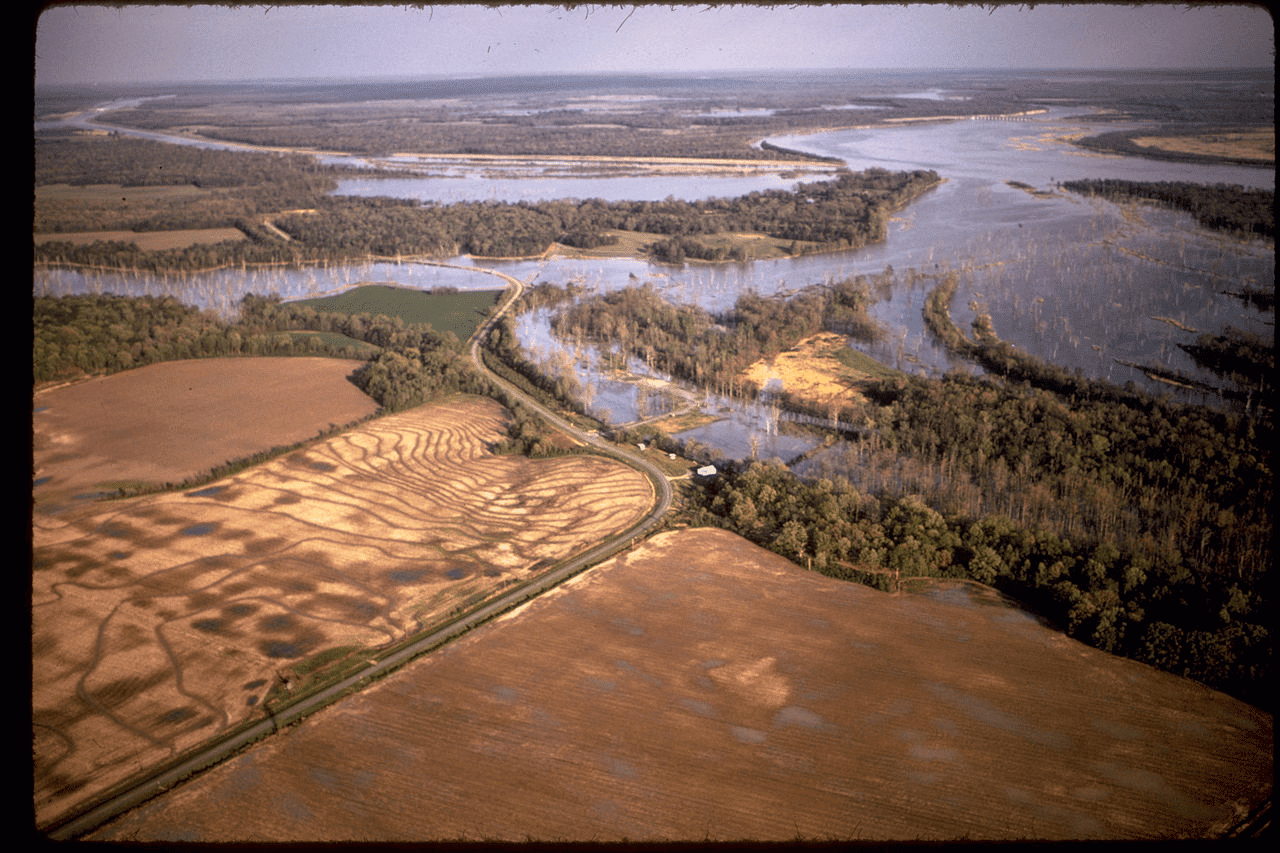
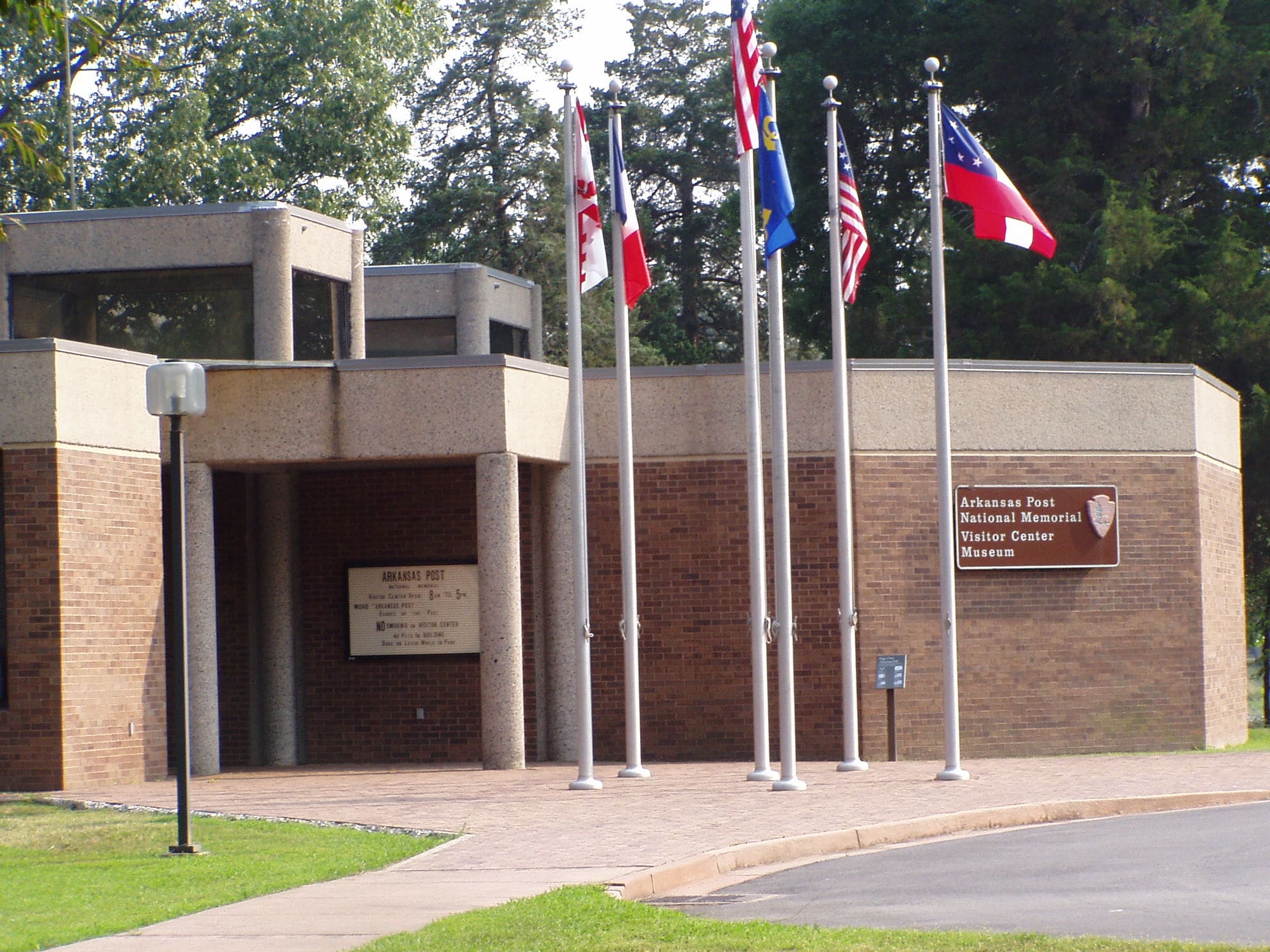
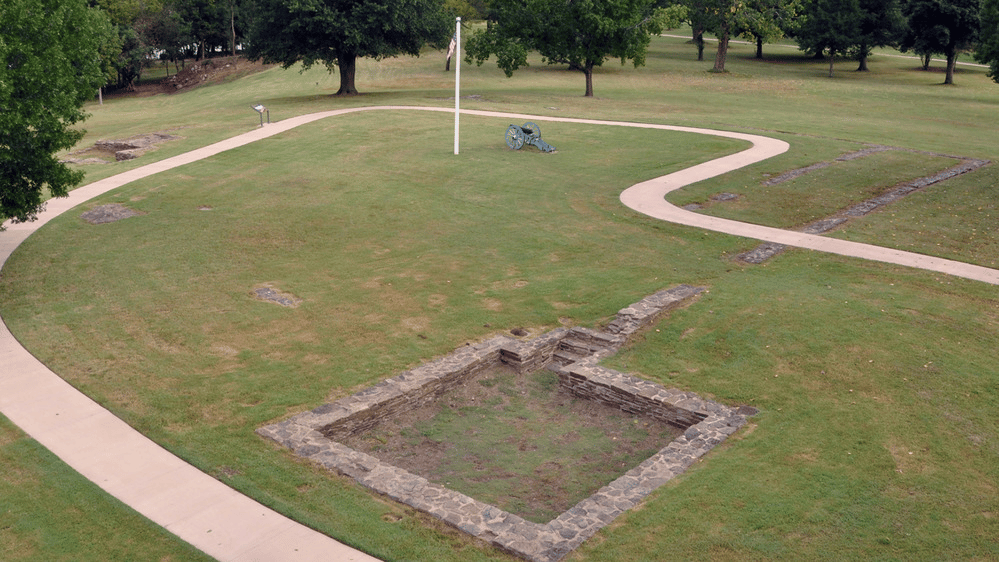
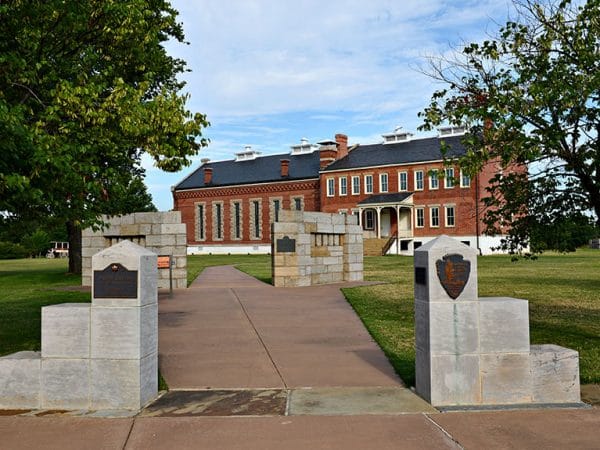

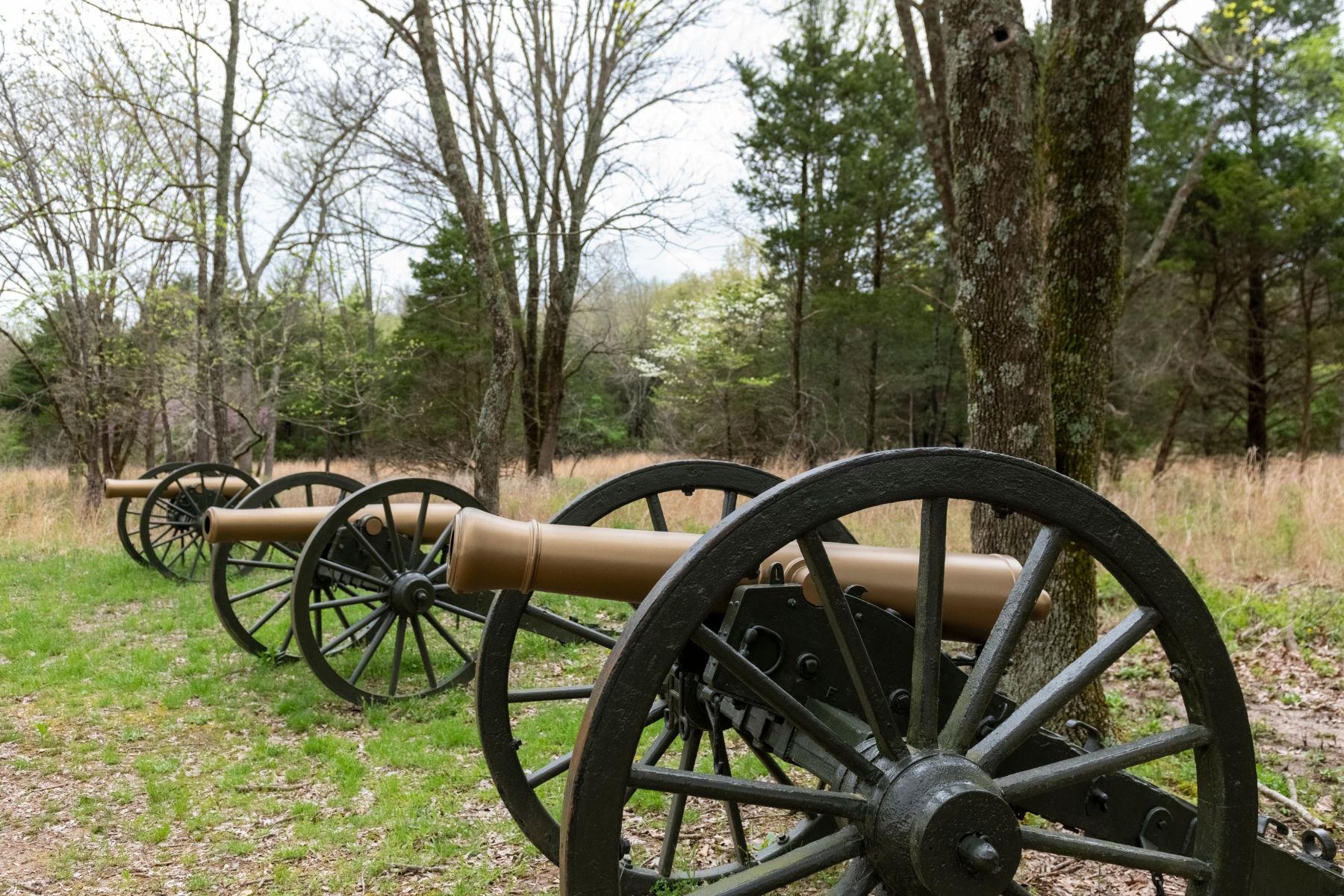
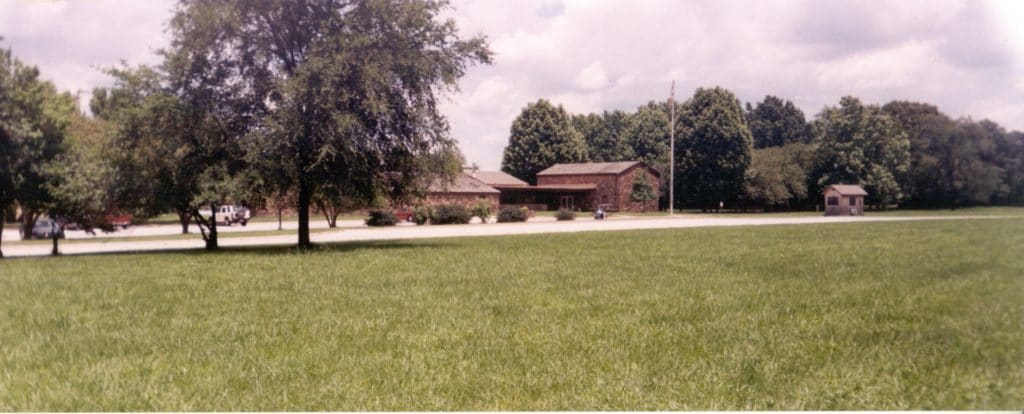
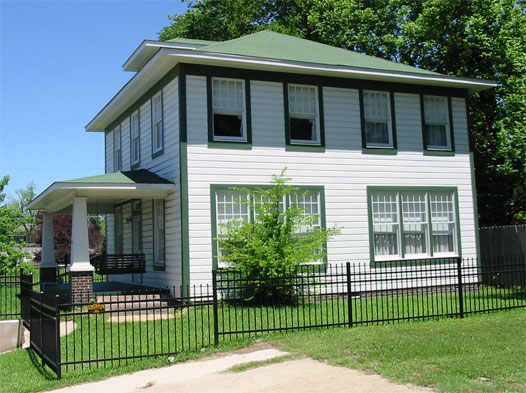
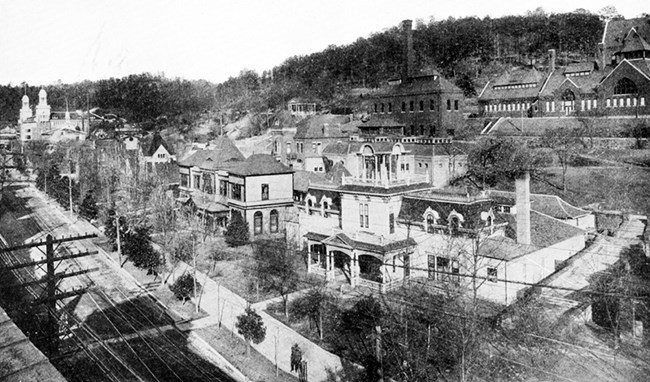
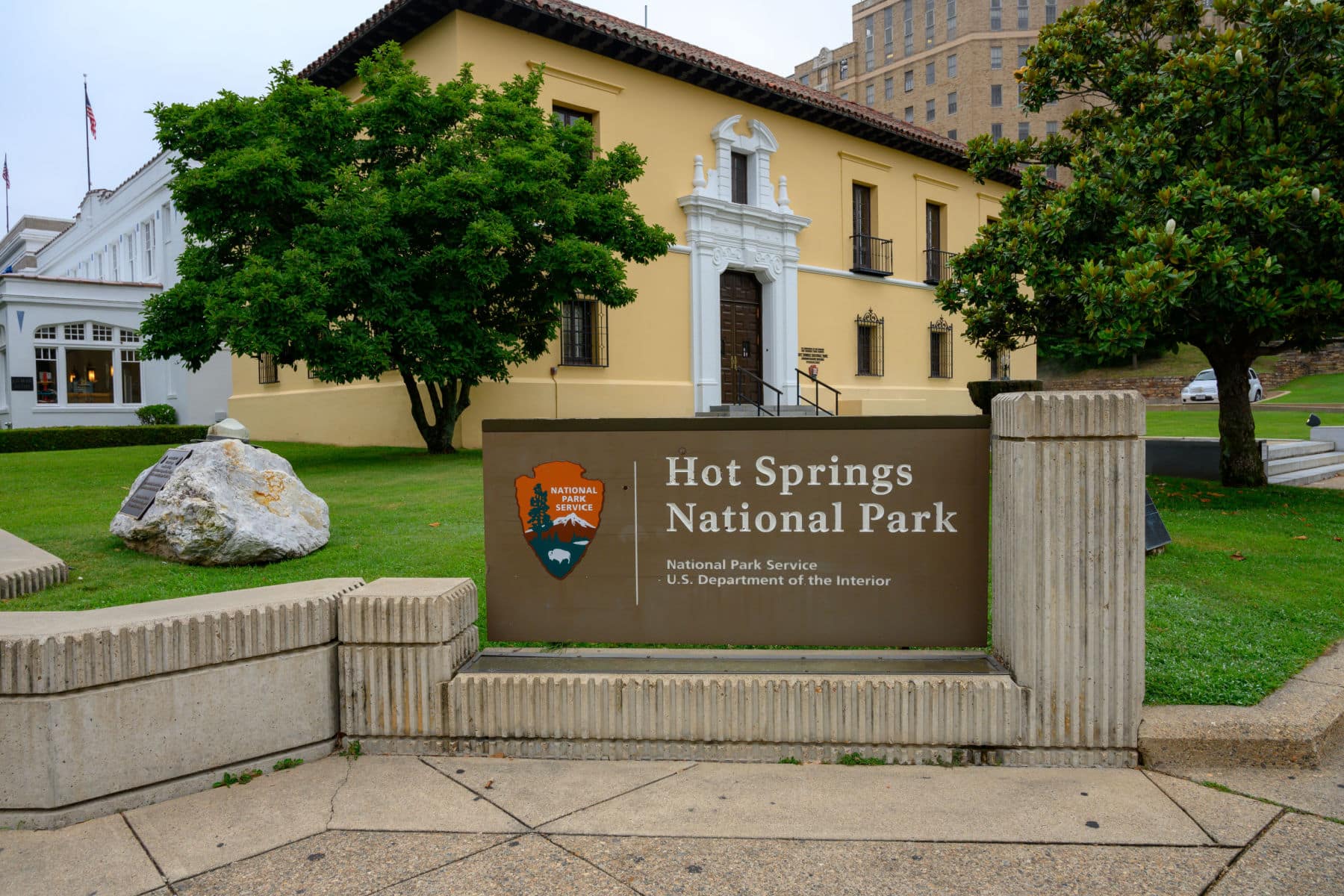
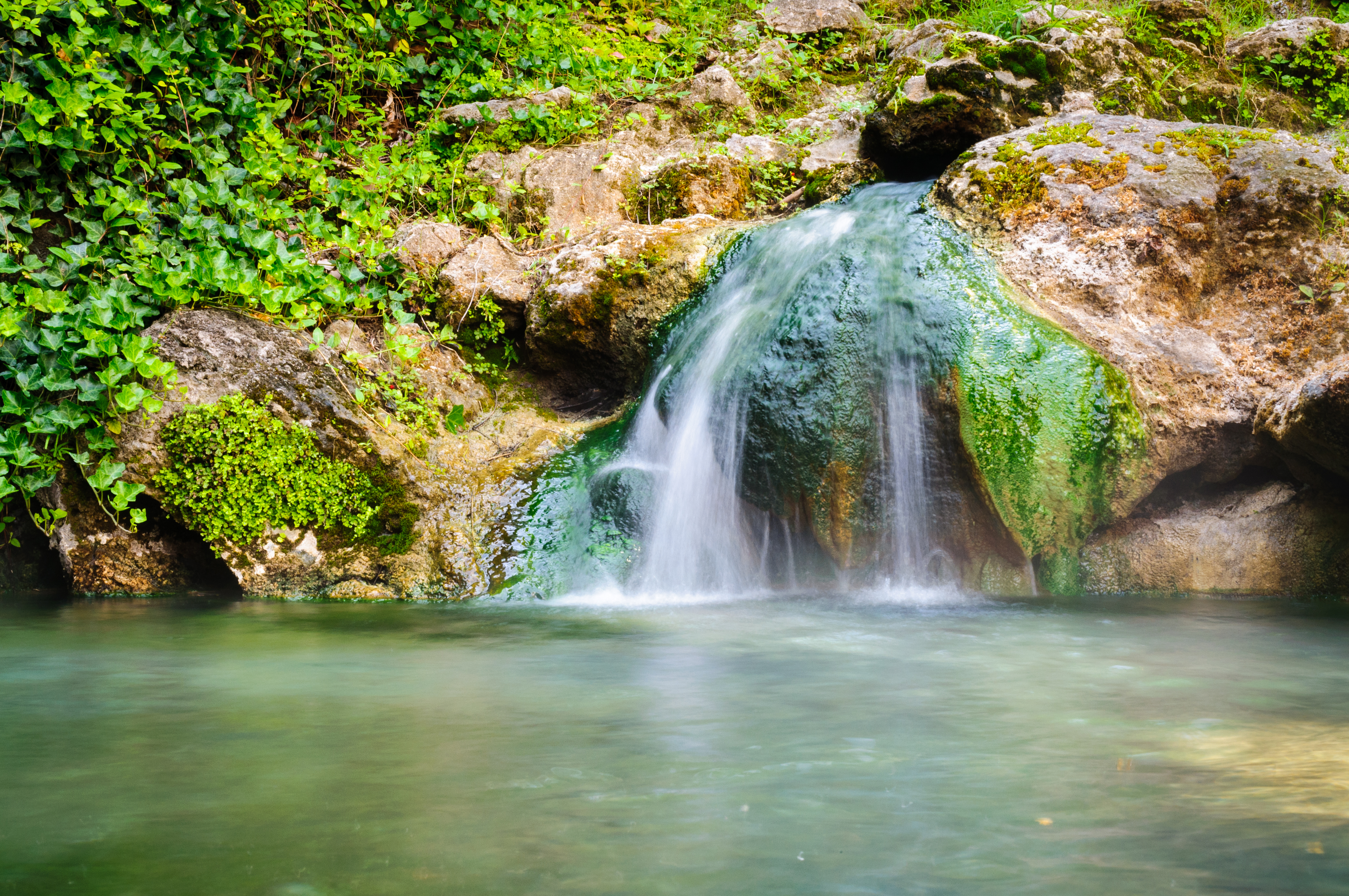
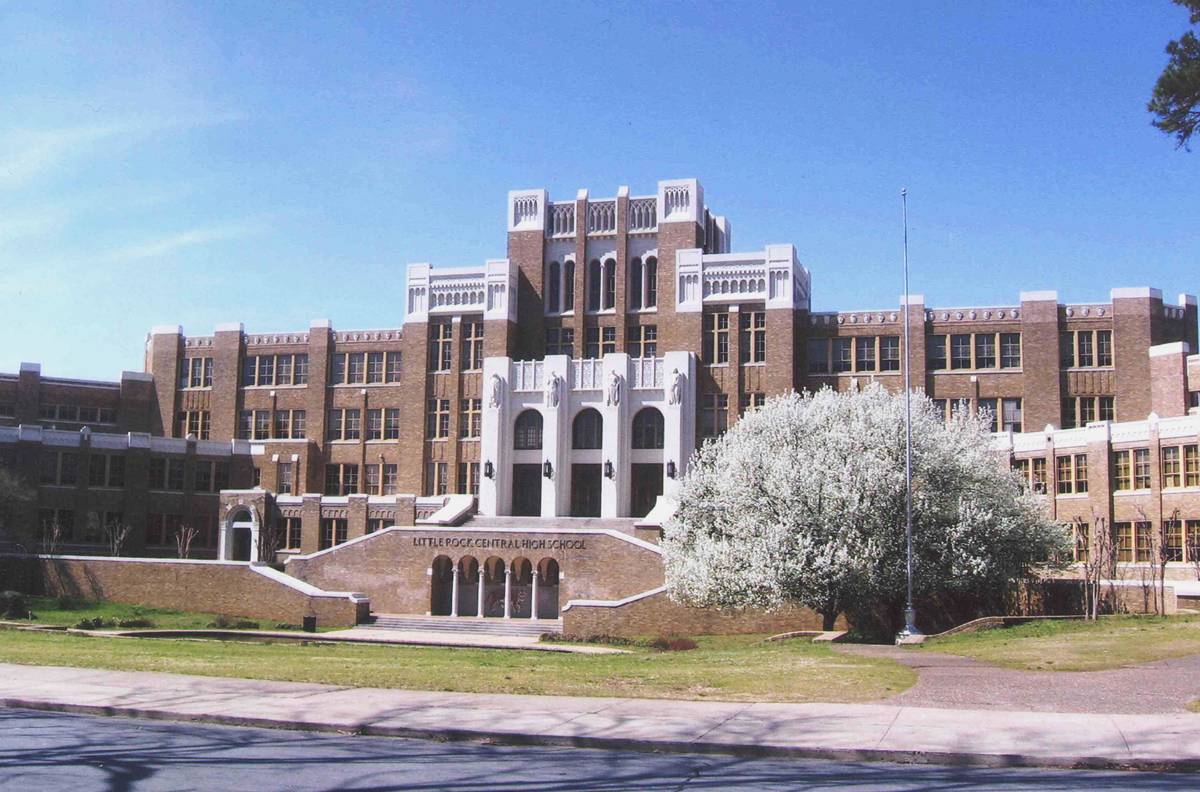


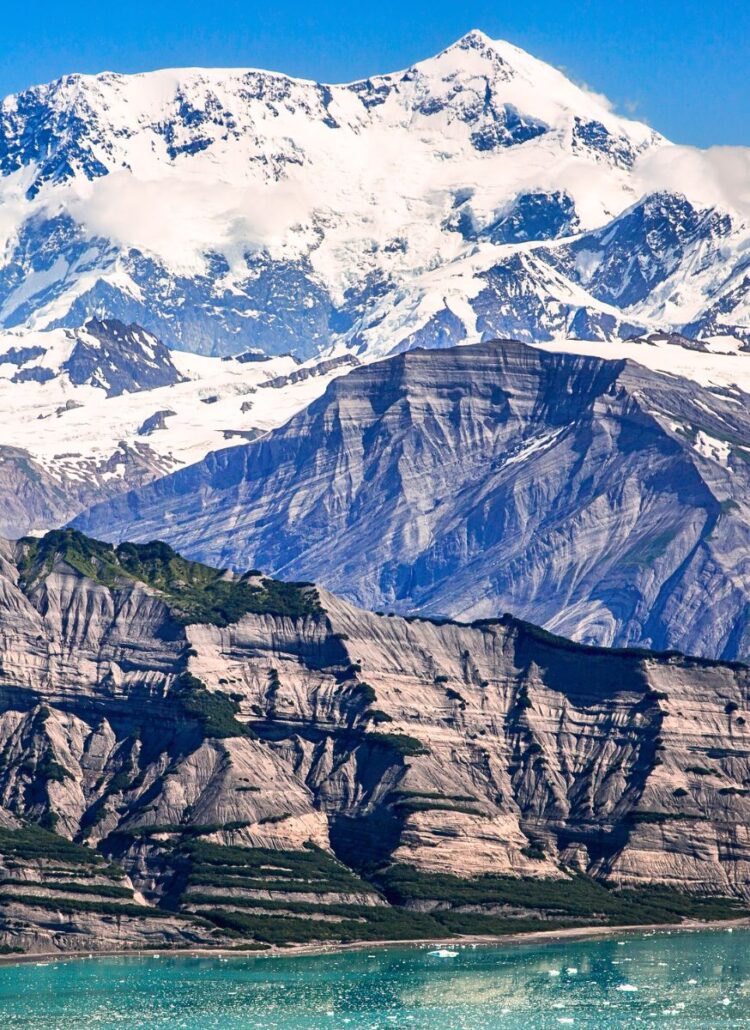
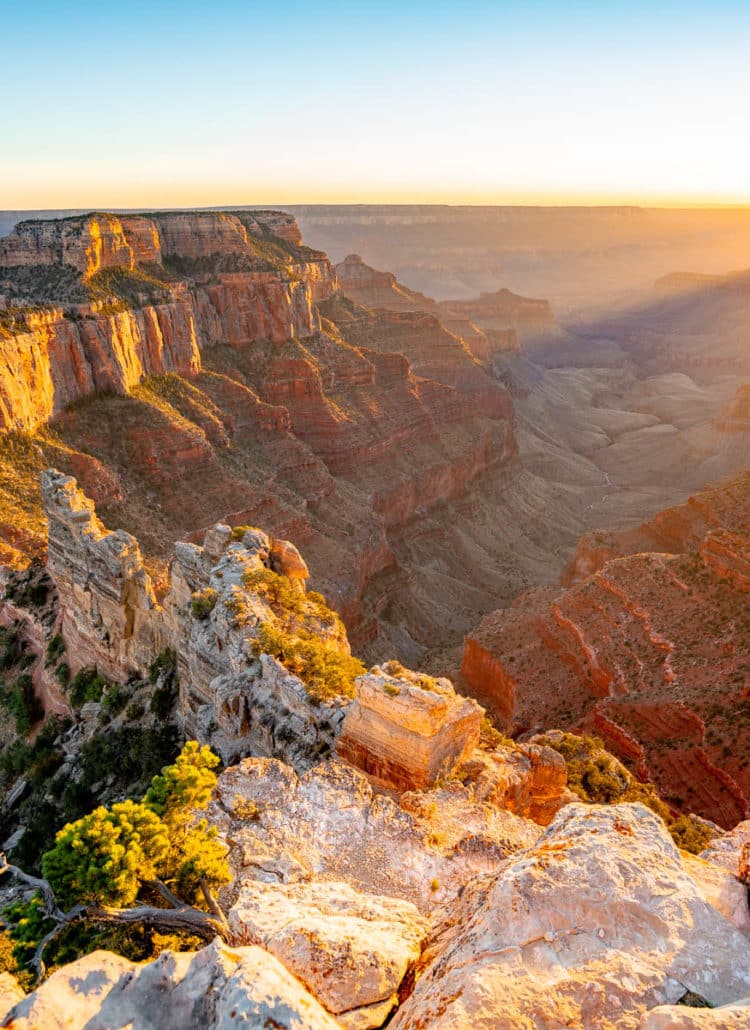

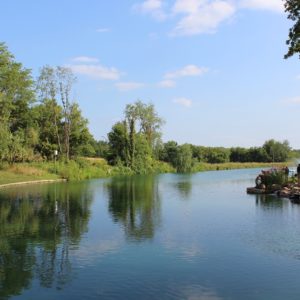

Leave a Reply